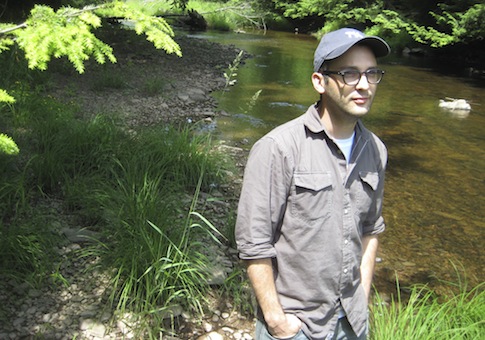Newly released photos of a flaming water well have renewed skepticism of claims by environmental activists and federal regulators that hydraulic fracturing made drinking water supplies in Parker County, Texas, flammable.
The 2005 photos show that drinking water in the area contained sufficiently high methane concentrations to be ignited years before a company blamed by environmentalists for water contamination began drilling in the area.
The Environmental Protection Agency in December 2010 issued an endangerment order against Range Resources, saying the oil and gas company either caused or contributed to groundwater contamination in Parker County.
Independent analyses of the case contradicted the EPA’s claims, which the agency released in collaboration with environmental activists in the state. EPA’s inspector general in December exonerated agency officials of wrongdoing in that collaboration, though questions about the agency’s close relationship with environmental groups remain unanswered.
The agency later settled with Range and withdrew its order. However, environmentalists continued to tout the Parker County case as an example of the environmental dangers of hydraulic fracturing, also known as fracking.
A flaming garden hose in Parker County served as a potent image in environmental activist Josh Fox’s 2012 film Gasland Part II. Fox and others have blamed fracking, an innovative oil and gas extraction technique, for polluting nearby drinking water with flammable methane.
Fracking supporters contend that such methane concentrations often appear naturally in water supplies near natural gas wells. Photos released through the legal proceedings against Range, first made publicly available on Wednesday, could bolster their case.
The photos show a flaming water well in Parker County, about a half mile from the gas well that allegedly contaminated the water well shown in Gasland. However, the photos were taken years before Range began drilling in the area.
Another photo shows a water well with a sign that warns, "Danger: flammable gas."
The photos are a crucial piece of evidence rebutting claims made by the environmentalists and the EPA. While the agency demonstrated the presence of methane in Parker County’s water—a claim no one disputed—it failed to prove the methane was present as a result of fracking.
"The approach used by the EPA to correlate the Lipsky gas sample to Range Resources production was fundamentally flawed," according to a study by Texas geoscientists Alan Kornacki and Mark McCaffrey.
The EPA did "not differentiate between gas in the Barnett [shale] formation from gas in [other nearby] reservoirs."
This is not the first time iconic images of flaming water in a Josh Fox production have come under fire.
FrackNation, a pro-fracking documentary produced by journalists Phelim McAleer and Ann McIlhenny, pointed out that a scene in the first Gasland showing a Colorado resident lighting his tap water on fire took place in a town that had seen flaming faucets for decades.
Fox didn’t include that information in his film because he didn’t believe it was relevant, he told McAleer.
The "flaming hose" scene in the Gasland sequel also came under fire after a Texas judge found that the scene was tantamount to a hoax.
"This demonstration was not done for scientific study but to provide local and national news media a deceptive video, calculated to alarm the public into believing the water was burning," the judge found.
Fox and his subjects denied that the incident was staged.
The revelations concerning Parker County came the same that that Ken Salazar, President Barack Obama’s former Interior Secretary, declared fracking environmentally sound.
"We know that, from everything we’ve seen, there’s not a single case where hydraulic fracking has created an environmental problem for anyone," Salazar said on Wednesday. "We need to make sure that story is told."
